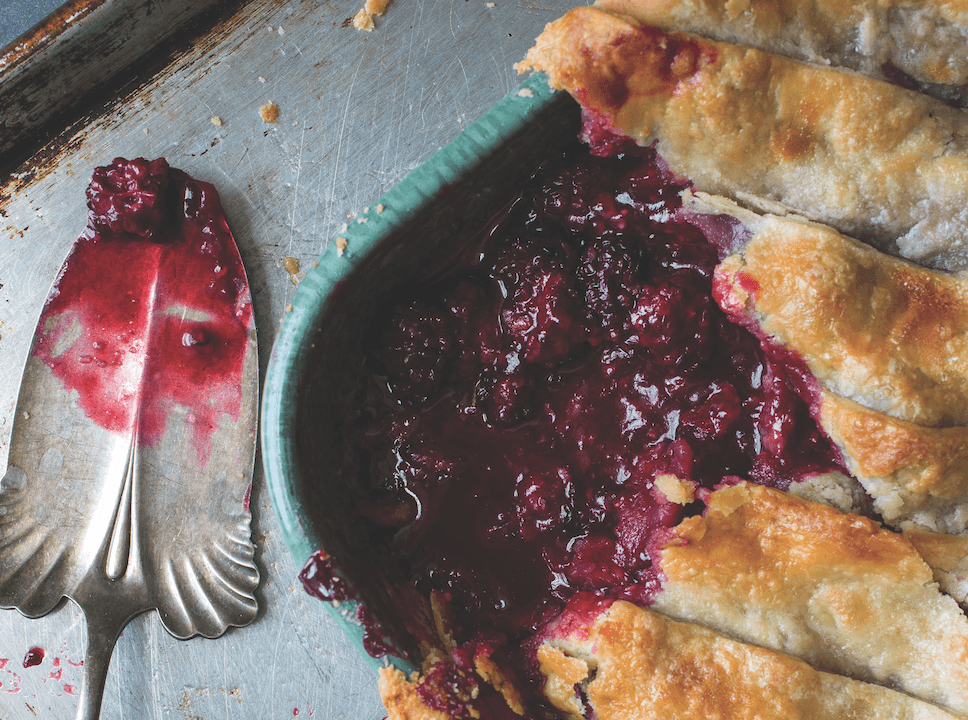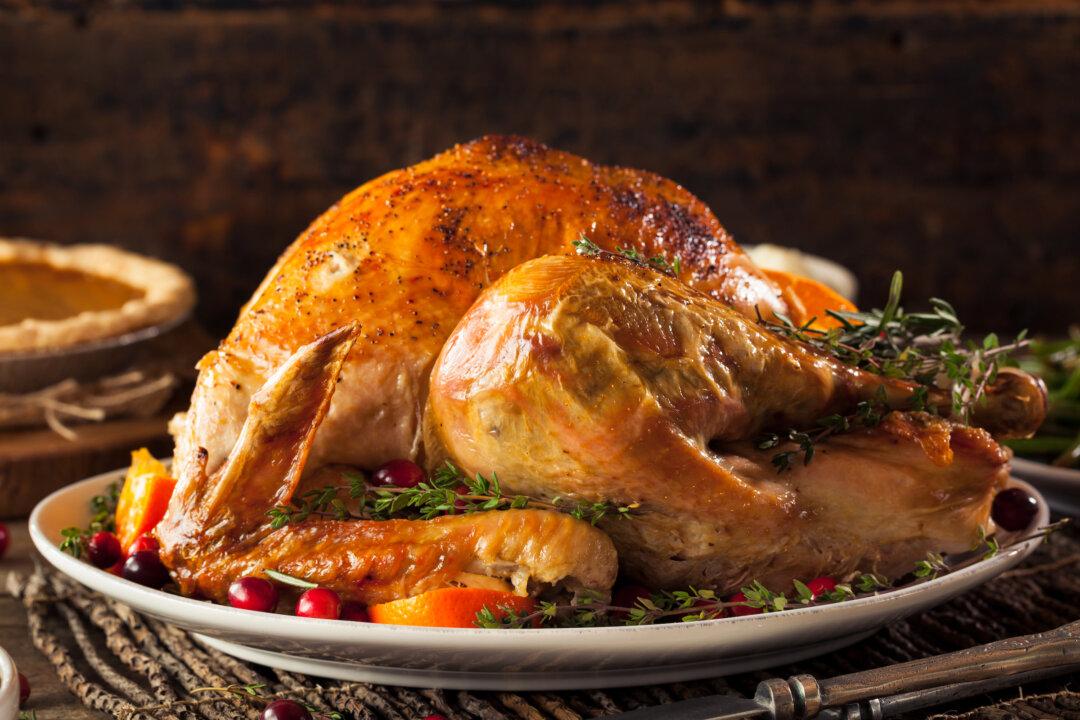Kate McDermott, pie maker, teacher, and lover, remembers very clearly the most important pie she ever made in her life.
She grew up in a multigenerational home, with her grandmother—affectionately known as “Geeg,” in her stubborn refusal to accept any label indicating elderliness—a seasoned home cook and baker who grew up on an Iowa farm. She had a knack for pie making; McDermott learned the craft at her side.






